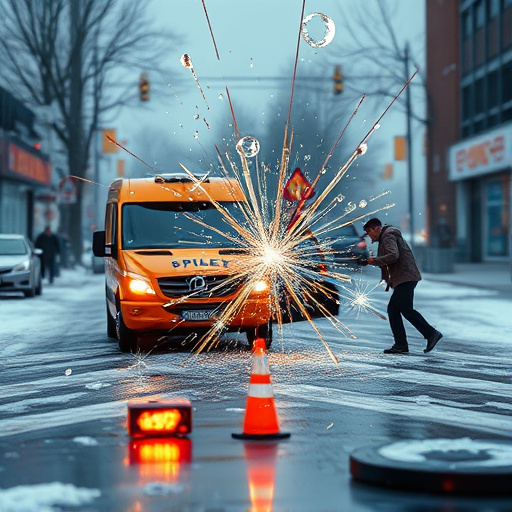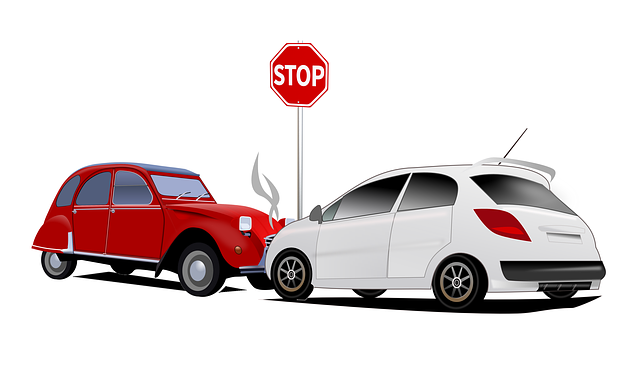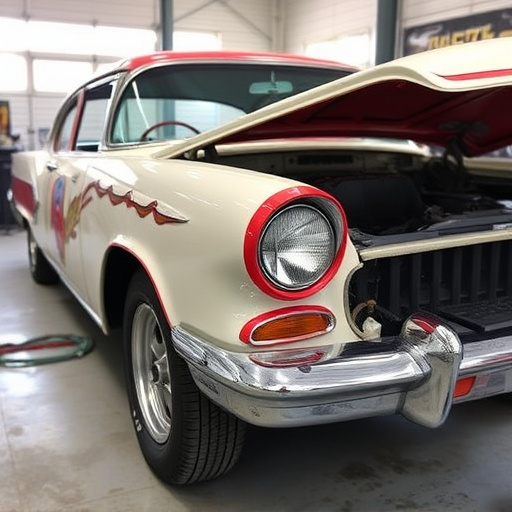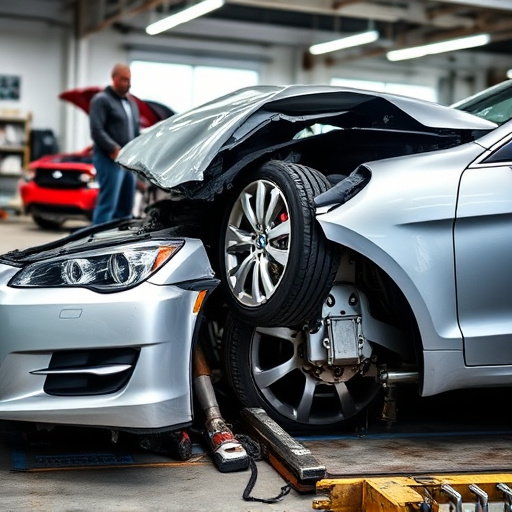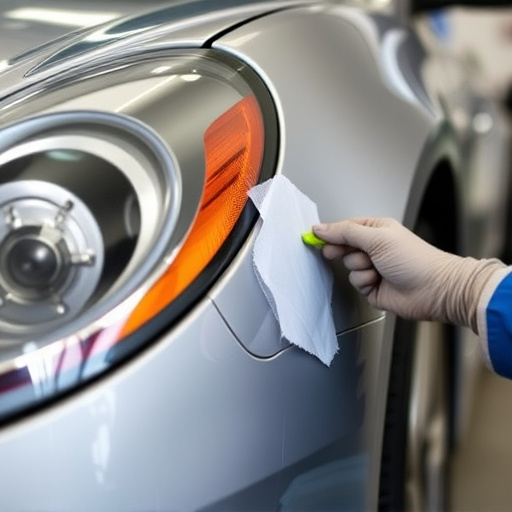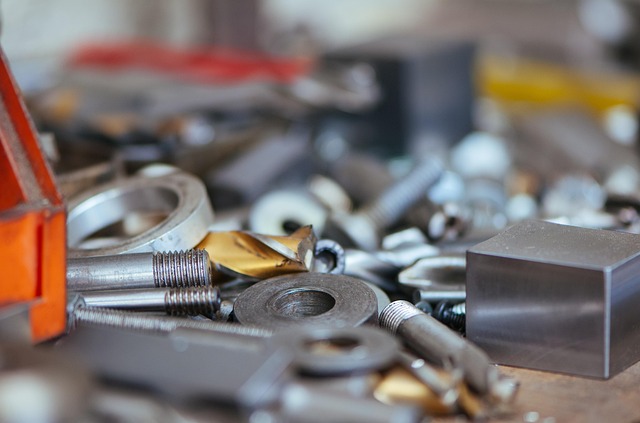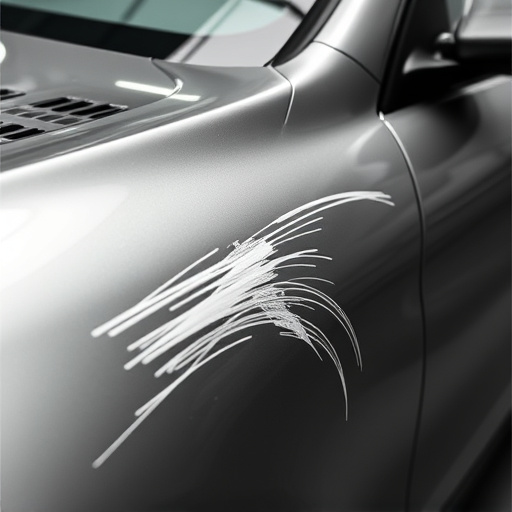Concours level repairs represent the pinnacle of automotive restoration, combining historical knowledge with modern techniques to achieve unparalleled excellence in aesthetics and functionality. This meticulous process includes deep vehicle history research, precise frame straightening, panel alignment, painting, trim restoration, and interior refurbishment. In electrical system restoration, specialists inspect each component for damage or outdated wiring, using specialized tools and expert knowledge to replace parts accurately while preserving historical integrity. The goal is to return the vehicle to its original state, showcasing mastery of skilled technicians and dedication to preserving automotive history, all while maintaining high-quality parts and meticulous installations.
In the realm of automotive restoration, achieving Concours Level Repair is a testament to precision and meticulous craftsmanship. This article delves into the intricate process of restoring electrical systems in classic vehicles, setting the bar for excellence. From understanding the stringent standards of concours repairs to disassembling and assessing complex electrical components, each step demands precision. We provide a comprehensive guide, outlining the meticulous restoration process, ensuring these vintage gems shine brightly on the show floor. Discover the art of bringing historical vehicles back to their former glory through expert concours level repair techniques.
- Understanding Concours Level Repairs: The Standard of Excellence
- Disassembling and Assessing the Electrical System for Restoration
- Restoring and Reinstating: A Step-by-Step Guide to Precision and Accuracy
Understanding Concours Level Repairs: The Standard of Excellence

Concours level repairs represent the pinnacle of automotive restoration, setting an unparalleled standard of excellence for both aesthetics and functionality. It’s a meticulous process that requires a deep understanding of vehicle history, original design specifications, and the latest restoration techniques. The goal is to return the vehicle to its original state, as if it rolled off the assembly line, preserving its value and ensuring it stands out in any collection.
This level of repair goes beyond mere cosmetic enhancements. It involves meticulous attention to detail in every aspect, from frame straightening and panel alignment to the precision painting of each panel. Even seemingly minor details like trim restoration and interior refurbishment play a crucial role in achieving concours-worthy condition. The end result is not just a restored car but a true work of art on wheels, showcasing the mastery of skilled technicians and the dedication to preserving automotive history.
Disassembling and Assessing the Electrical System for Restoration

When undertaking a concours level repair on a classic or vintage vehicle, disassembling and assessing the electrical system is a meticulous yet crucial step. This involves carefully taking apart various components to inspect for damage, wear, or outdated wiring. The goal is to restore these systems to their original specifications, ensuring they function flawlessly and accurately represent the vehicle’s historical integrity.
Specialized tools and expertise are required to navigate the intricate web of electrical connections in a vehicle, especially in older models where technology was simpler yet equally as vital. Auto collision centers or auto body restoration experts with experience in vehicle body repair possess the knowledge to identify original parts, replace faulty wiring, and reassemble the system while adhering to the precision demanded by concours level repairs.
Restoring and Reinstating: A Step-by-Step Guide to Precision and Accuracy

Restoring a vehicle to its concours-level condition requires meticulous attention to detail, especially when it comes to electrical systems. The process involves a series of precise steps to ensure accuracy and maintain the car’s original integrity. Here’s an insight into this delicate procedure:
Start by identifying the specific electrical components that need restoration. This could range from a complete engine bay overhaul to replacing damaged wiring harnesses or faulty sensors. Create a detailed plan, taking into account the intricate relationships between various systems. For instance, in a Mercedes-Benz repair, understanding the car’s complex network of sensors and controls is paramount. Each component must be carefully assessed and addressed to ensure optimal performance and functionality.
Next, gather high-quality replacement parts that match the original specifications. In automotive collision repair, precision is key; even minor discrepancies can impact the overall result. Use specialized tools to disassemble and inspect each part, ensuring it is free from damage or corrosion. Once prepared, reassemble with meticulous care, following the manufacturer’s guidelines closely. This step-by-step approach guarantees that every connection is secure and accurate, allowing for a seamless integration of the restored electrical systems into the vehicle, achieving that concours-level finish desired by car enthusiasts.
Concours level repairs demand meticulous attention to detail when restoring electrical systems. By disassembling, assessing, and precisely reinstating components, restorers can achieve a standard of excellence that meets or exceeds original specifications. This step-by-step guide equips professionals with the knowledge to navigate the intricate process, ensuring each restored vehicle reflects the craftsmanship and precision expected in the world of concours-level repairs.
